The Plastics We Breathe | Interactive – the Washington Post
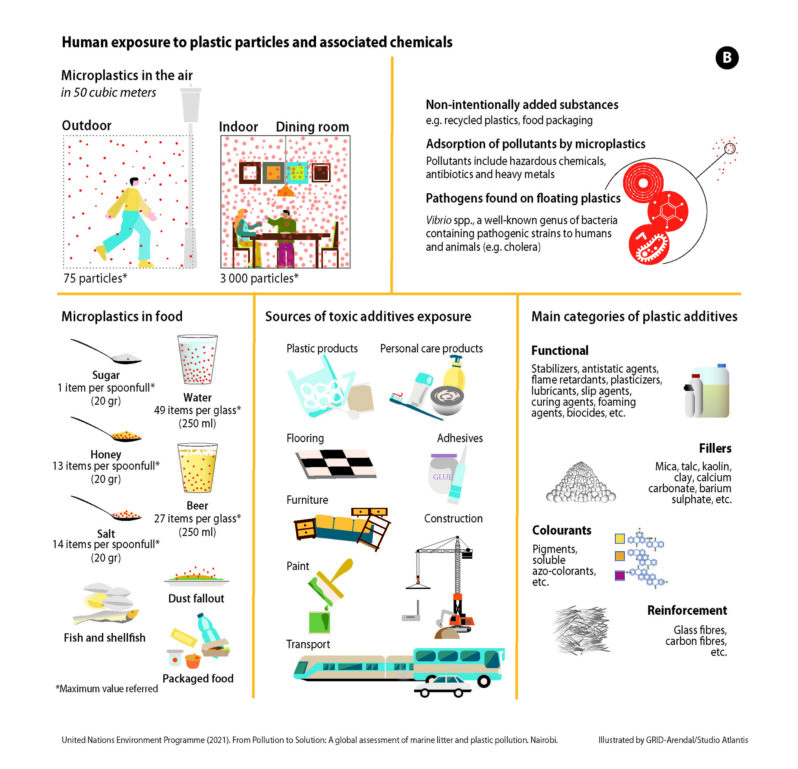
Every time you take a breath, you could be inhaling microplastics. Scroll to see how tiny and dangerously invasive they can be….
The more plastic companies make, the more they pollute – Grist Magazine

A new study, drawing on five years of data collected across 84 countries, proves what seems self-evident…
The world dumps 2,000 truckloads of plastic into the ocean each day. Here’s where a lot of it ends up – CNN

The western coast of Java in Indonesia is popular with surfers for its world-famous breaks. There’s a majestic underwater world to explore, too. But it’s impossible to surf or snorkel without running into plastic water bottles, single-use cups and food wrappers. The garbage sometimes forms islands in the sea, and much of it washes ashore, accumulating as mountains on the beach…
What will it take to get companies to embrace reusable packaging? – Grist Magazine

The Philippine capital is the latest city to address rampant plastic pollution through a community-guided protocol.
Manila Confronts Its Plastic Problem – EOS
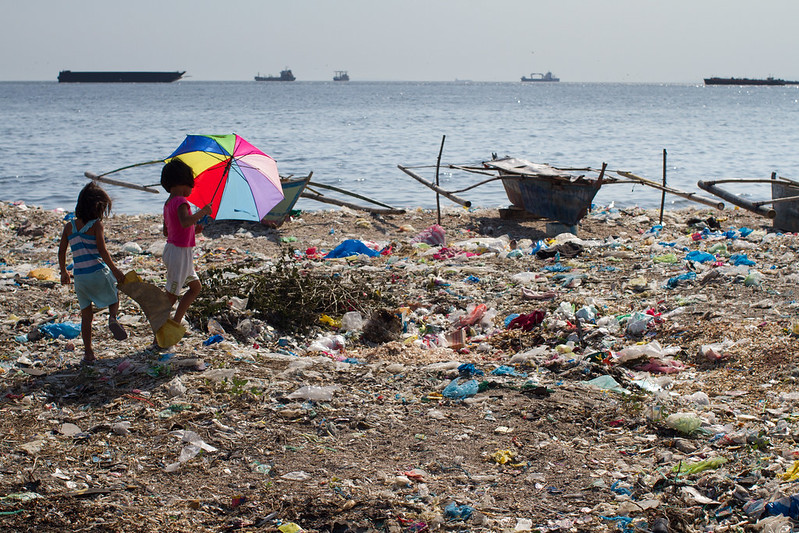
The Philippine capital is the latest city to address rampant plastic pollution through a community-guided protocol.
Plastic chemicals are inescapable — and they’re messing with our hormones – Grist
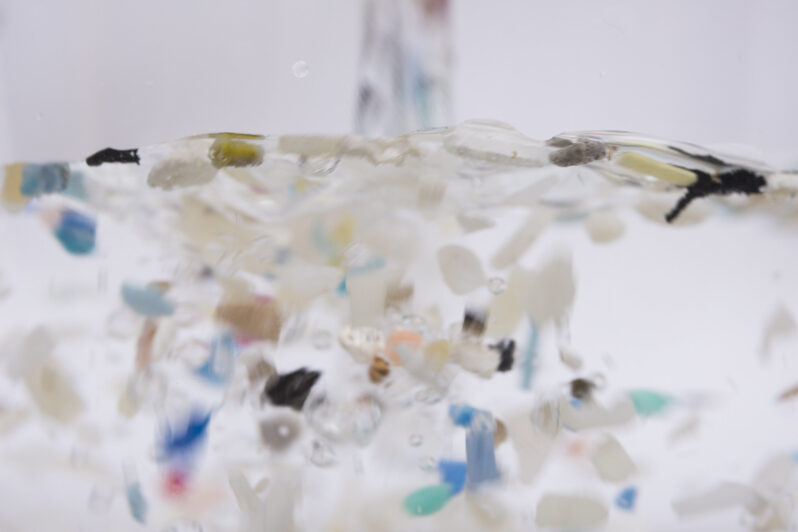
Researchers say the U.N.’s global plastics treaty must reduce production and protect public health.
We’re All Plastic People now – PBS
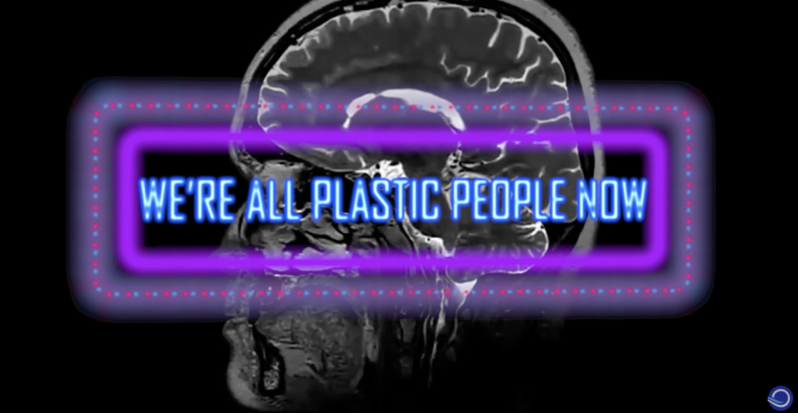
Introduced by actor and environmentalist Ted Danson, We’re All Plastic People Now investigates the hidden story of plastic and its effects on human health. In an era of throw-away ease, convenience has cost us our well-being. We’re All Plastic People Now asks the question, how much evidence do we need before we decide to take action?
Microplastics Are a Big Problem, a New Film Warns – New York Times
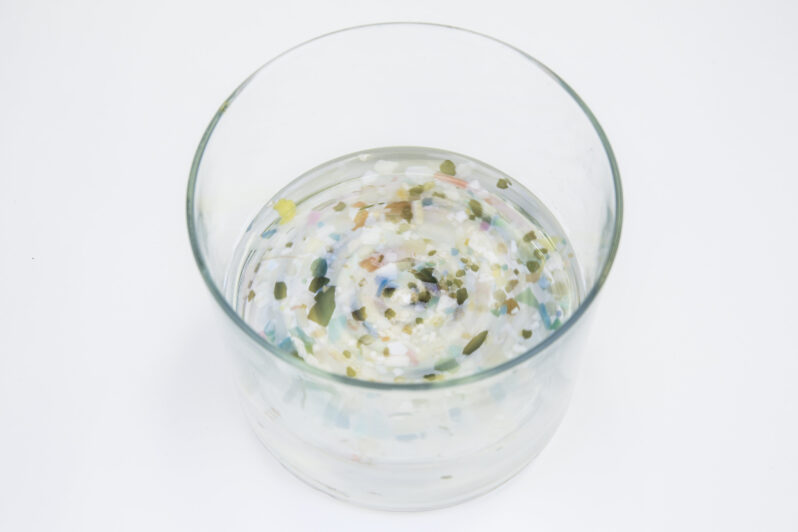
At SXSW, a documentary traces the arc of plastics in our lives, and highlights evolving research of the potential harm of its presence in our bodies…
Nanoplastics linked to heart attack, stroke and early death, study finds – CNN
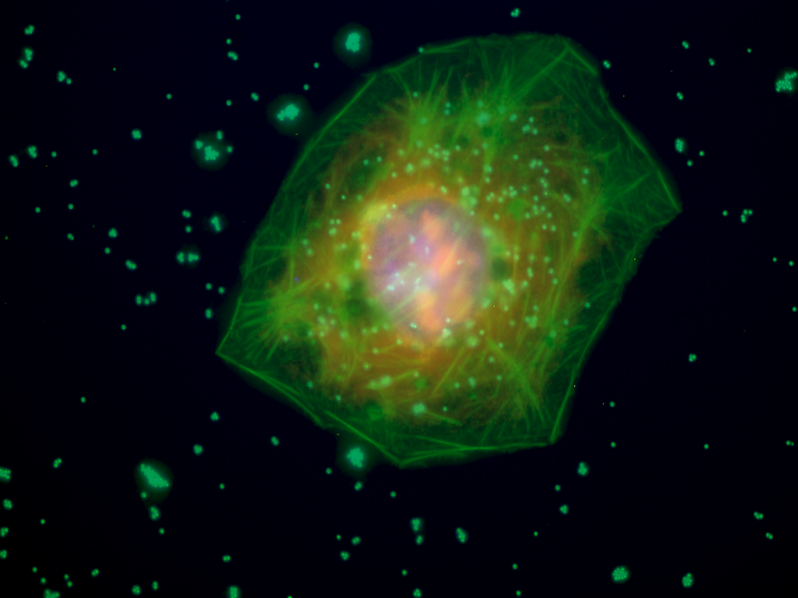
People with microplastics or nanoplastics in their carotid artery tissues were twice as likely to have a heart attack, stroke or die from any cause over the next three years than people who had none, a new study found…“To date, our study is the first that associated the plastic contamination with human diseases,” said Raffaele Marfella, lead author of the study published Wednesday in the New England Journal of Medicine…
